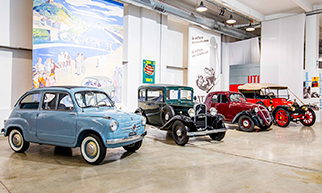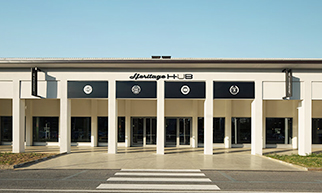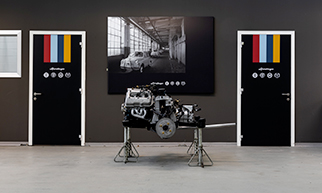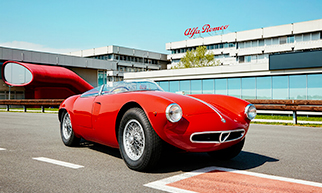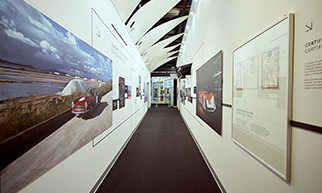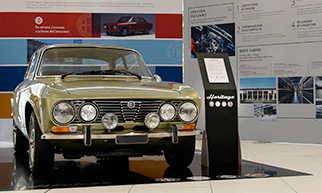Alfa Romeo won the first Grand Prix season in 1925 and the first two Formula 1 championships in 1950 and 1951. The maker retired undefeated to return as engine supplier to Brabham in the mid-1970s and eventually with an all-Alfa car. The snake badge is now making its way back onto the bonnet on an F1 with the Alfa Romeo Sauber F1 Team.
Alfa was founded in 1910 and the positive repercussions of car racing on the general public and on sales were soon palpable. The first Grand Prix was staged in 1914. The first Grand Prix Season, the event which paved the way for Formula 1, was organised in the 1920s and Nicola Romeo, who had taken over the company in the meantime adding his own name to that of Alfa, asked Vittorio Jano to design a car that would “make a good impression”.
The innovative, reliable and extremely fast GP Tipo P2 won the first season title undefeated in 1925. The laurel wreath surrounding the Alfa Romeo badge celebrates that accomplishment. Antonio Ascari, Giuseppe Campari and Gastone Brilli Peri drove the car to victory.
Cleverly saved from the ravages of World War II, the Alfetta Tipo 158 had no rivals. The new Formula 1 World Championship was kicked off in 1950. The Tipo 158 won all eleven races with Giuseppe a.k.a. Nino Farina earning the title that would be Juan Manuel Fangio's the following year behind the wheel of the Tipo 159. Despite having won the first two Formula 1 seasons, Alfa Romeo chose to focus on revamping production and retired from racing undefeated.
The long winning streak of the Giulia GTA in the Touring category and the ten-year-long domain of the Tipo 33 in the Sport Cars category spurred Alfa Romeo to return to Formula 1, adapting the 12-cylinder 3-litre boxer engine of the 33 TT 12, that had won the World Sportscar Championship, to the Brabham BT45.
The 177 project for an all-Alfa-Romeo car, came into fruition during the supply to Brabham of engines for the cars driven by Carlos Pace, John Watson and Niki Lauda. These were the years dominated by the ground-effect and the boxer architecture was not suited to these new aerodynamic needs. So, Alfa Romeo engineered a new 60° V12 for Brabham and created the Tipo 179, which made its debut in Monza on the day of Scheckter's triumph. Bruno Giacomelli skidded off on the Ascari corner when he was about to reach and overtake Lauda's Brabham-Alfa, while Vittorio Brambilla, one year after the terrible accident of 1978, drove the old Alfa Romeo 177 across the finish line for the last time.
Various drivers followed Giacomelli and Brambilla at the wheel of the F1 Alfa Romeo – the unlucky Patrick Depallier, the young Andrea De Cesaris and the heavy-footed Italian-born American Mario Andretti. The 1980 season brought promising results. Alfa Romeo was fast, allowing Giacomelli to earn the pole position in Watkins Glen. He led the race with a broad margin and was let down by a burnt coil, that snatched what appeared to be a sure win.
Just as the maker was preparing to reap the fruits of its well-deserved efforts, new regulations banned mobile aerodynamic spoilers and Alfa Romeo cars lost their competitive edge. In the 1981 season, the best result was Giacomelli's third place in Las Vegas. Hiring the genius Gérard Ducarouge, who ahead of the Tipo 182 experimented various solutions on the "old" 179, including a carbon-fibre chassis, did little to turn things around. The return of Alfa Romeo on the bonnet of Sauber could be the sign of a new beginning and even become a new lucky charm, like the famous Quadrifoglio four-leaf clover emblem.
